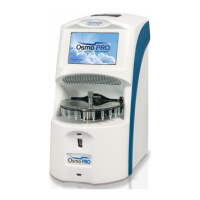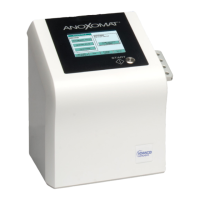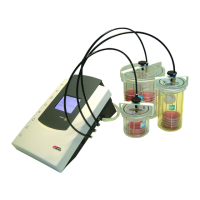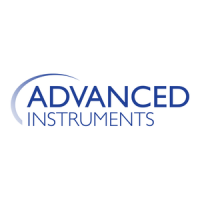How to fix 'Out of range Low' error on Advanced Instruments OsmoTECH XT?
- AAlexis MasonAug 4, 2025
If the Advanced Instruments Medical Equipment displays an 'Out of range Low' error, it could be due to particulate matter in the sample, so check for it. Also, verify that the range setting (High Range or Low Range) is appropriate for the sample you're testing. Testing a control like Clinitrol can also help diagnose the issue.








